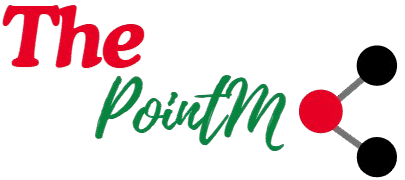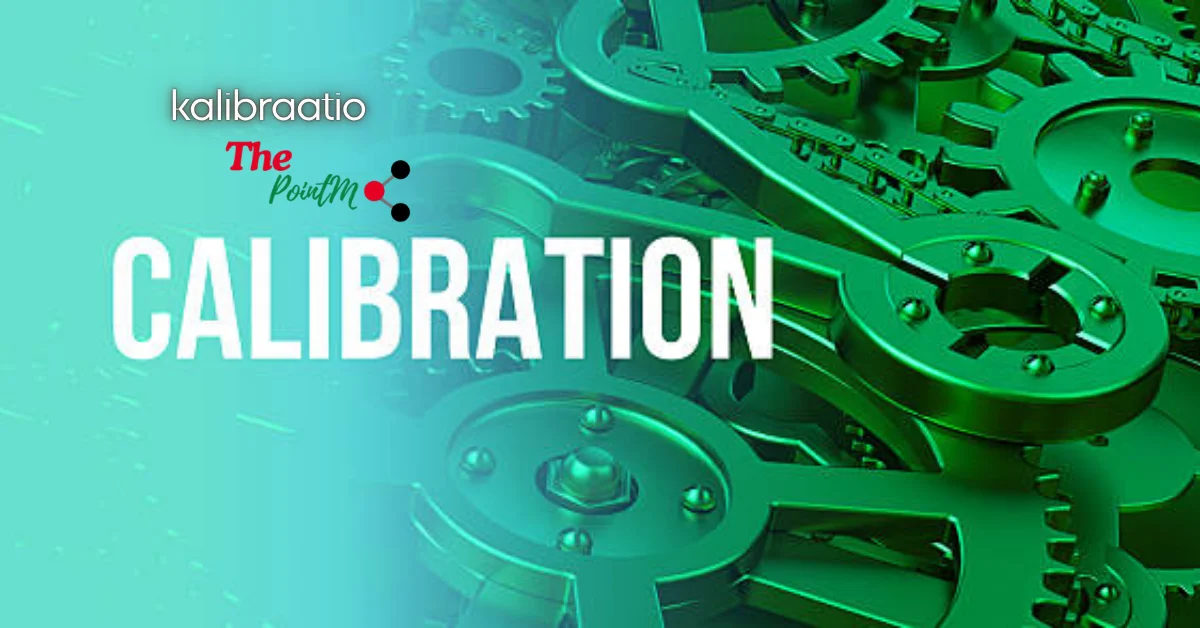Kalibraatio is not just a technical term; it’s the unsung hero of quality and compliance. In a world where precision matters, ensuring that your instruments and equipment are functioning accurately can make all the difference. Whether you’re in manufacturing, pharmaceuticals, or any sector that relies on exact measurements, understanding kalibraatio is crucial. It provides a foundation for maintaining standards and meeting regulatory requirements.
But what exactly does calibration entail? Why should businesses prioritize this process? Dive into the essentials of kalibraatio with us as we explore its significance in quality control and compliance. Let’s uncover how regular calibration can elevate your operations while keeping you aligned with industry regulations.
Understanding Kalibraatio
Kalibraatio, or calibration, is the process of adjusting and verifying the accuracy of measuring instruments. It ensures that devices provide precise readings, which is essential for effective quality control.
At its core, kalibraatio involves comparing a measurement device to a standard reference. This can be done using specialized equipment designed to test various parameters—like pressure, temperature, or volume.
Understanding this concept goes beyond just technical definitions; it’s about recognizing its role in your operations. Accurate measurements lead to better product quality and reduced waste.
When calibration processes are neglected, errors can accumulate over time. These inaccuracies not only affect production but may also compromise compliance with industry regulations.
Grasping the principles of kalibraatio empowers businesses to maintain high standards while fostering trust among customers and stakeholders alike.
Importance of Calibration in Quality Control
Calibration is essential in quality control because it ensures that measuring instruments provide accurate and reliable results. Accurate measurements are the foundation of any production process, influencing everything from product consistency to customer satisfaction.
When equipment drifts out of calibration, even slightly, it can lead to significant deviations in output quality. This may result in wasted materials or flawed products that do not meet specifications.
Regular calibration helps organizations maintain compliance with industry standards. It also builds trust with clients and stakeholders by demonstrating a commitment to excellence.
Moreover, having calibrated tools minimizes the risk of errors during inspections. This proactive approach helps identify potential issues before they escalate into costly problems down the line.
Investing time and resources in proper calibration practices ultimately enhances operational efficiency, paving the way for continuous improvement within an organization’s quality management system.
The Process of Kalibraatio
Kalibraatio, or calibration, is a systematic process that ensures measurement accuracy. It begins with identifying the instruments and tools that require adjustment.
Next, technicians compare these devices against standardized references. These references are often traceable to national or international standards. This step is crucial for establishing reliability.
Once discrepancies are noted, adjustments take place to align the equipment’s output with established benchmarks. This might involve fine-tuning settings or replacing faulty components.
Documenting each step is essential in this process. Records provide transparency and accountability for future audits and reviews.
After adjustments are complete, re-testing confirms that the equipment now meets necessary specifications. Regular checks ensure ongoing compliance and maintain quality levels across operations.
Benefits of Regular Calibration
Regular calibration plays a pivotal role in maintaining the accuracy of equipment. When tools and instruments are calibrated, they provide precise measurements that enhance overall productivity.
Consistent calibration helps prevent costly errors. Small deviations can lead to significant issues down the line, impacting product quality and safety. By ensuring everything is in check, businesses save both time and resources.
Moreover, regular checks foster confidence among clients and stakeholders. They know that products meet industry standards, which strengthens relationships and builds trust.
Investing in regular calibration also prolongs the lifespan of equipment. Well-maintained tools operate more efficiently, reducing wear and tear over time.
It keeps your operations compliant with regulations. Adhering to necessary guidelines protects your business from potential fines or legal complications associated with non-compliance.
Compliance Standards and Regulations for Calibration
Compliance standards and regulations for kalibraatio are critical in maintaining the integrity of measurement systems across various industries. These guidelines ensure that instruments provide accurate and reliable data, which is essential for quality control.
Organizations like ISO (International Organization for Standardization) and ASTM (American Society for Testing and Materials) set stringent benchmarks. Adhering to these standards not only enhances product quality but also safeguards consumer safety.
In specific sectors such as pharmaceuticals or aerospace, compliance becomes even more rigorous due to regulatory bodies like FDA or FAA. They mandate regular calibration intervals to mitigate risks associated with inaccuracies.
Failing to meet these requirements can lead to significant consequences, including legal repercussions and financial losses. Understanding the nuances of these regulations helps businesses maintain their credibility while fostering trust among clients and stakeholders alike.
How to Choose the Right Kalibraatio Partner
Choosing the right kalibraatio partner is crucial for maintaining quality standards. Start by evaluating their expertise in your specific industry. Different sectors have unique calibration needs, so experience matters.
Check their certifications and accreditations. A reputable partner should comply with national and international standards, showcasing a commitment to excellence.
Consider the range of services they offer. Look for flexibility in calibration methods and equipment types to ensure comprehensive support.
Communication is key. Select a partner who understands your requirements and responds promptly to inquiries. Clear communication fosters trust and collaboration.
Review customer testimonials or case studies. Feedback from other clients can provide valuable insights into reliability and service quality, helping you make an informed choice.
Conclusion
Kalibraatio serves as a crucial element in maintaining the accuracy and reliability of measurements across various industries. By understanding its significance, businesses can enhance their quality control processes and ensure compliance with industry regulations. The calibration process itself is systematic and involves meticulous checks to maintain precision.
Regular calibration not only boosts performance but also extends the lifespan of equipment. Adhering to compliance standards fosters trust among clients and stakeholders alike, ensuring that products meet required specifications without compromise.
Choosing the right kalibraatio partner is essential for achieving optimal results. Consider their experience, certifications, and customer reviews when making this decision.
Prioritizing kalibraatio can lead to improved operational efficiency and heightened confidence in your products or services.

